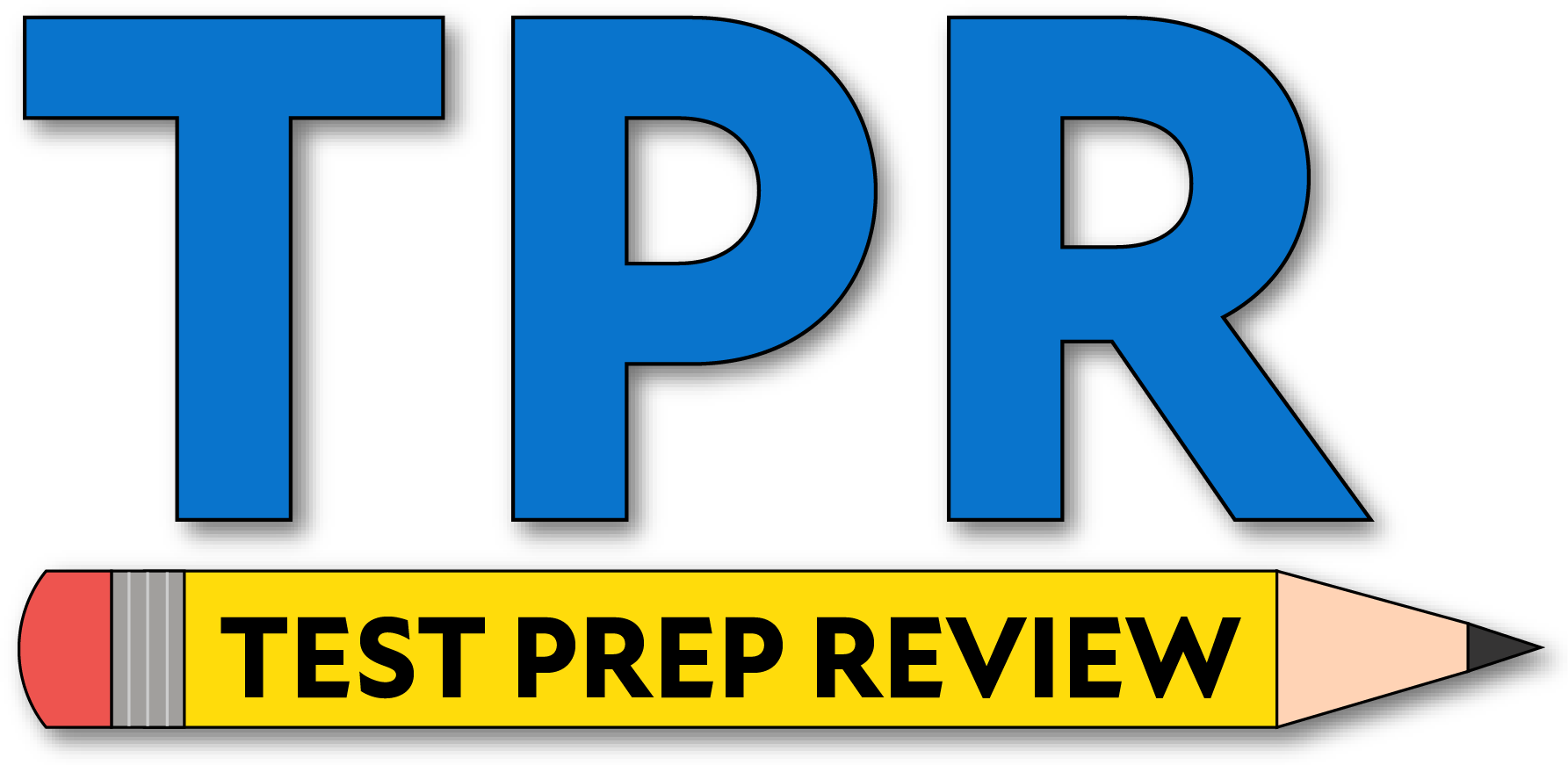- What is the pressure of a mixture of CO2, SO2, and H2O gases if each gas has a partial pressure of 250 Torr?
- 250 Torr
- 500 Torr
- 750 Torr
- 1,000 Torr
By Dalton’s law, total pressure is the sum of the partial pressures of nonreacting gases:
\(P_\text{tot}\) \(=P_{\mathrm{CO_2}}+P_{\mathrm{SO_2}}+P_{\mathrm{H_2O}}\) \(=250+250+250=750\ \text{Torr}\)
- A gas sample has a volume of 25 mL at a pressure of 1 atmosphere. If the volume increases to 50 mL and the temperature remains constant, what will the new pressure be?
- 1 atm
- 2 atm
- 0.25 atm
- 0.5 atm
At constant temperature (Boyle’s law), \(P_1V_1=P_2V_2\). Thus:
\(P_2=P_1\dfrac{V_1}{V_2}\) \(=1\,\text{atm}\cdot\dfrac{25}{50}=0.5\,\text{atm}\)
Therefore, doubling volume halves pressure.
- Which statement correctly describes the effect of increasing the temperature of a system at equilibrium?
- The endothermic direction is favored, and the reaction rate decreases.
- The endothermic direction is favored, and the reaction rate increases.
- The exothermic direction is favored, and the reaction rate decreases.
- The exothermic direction is favored, and the reaction rate increases.
By Le Châtelier’s principle, adding heat shifts equilibrium toward the endothermic direction. Higher temperature also increases kinetic energy, so both forward and reverse reaction rates increase.
- A sample of oxygen gas in a closed system has a volume of 200 mL at 600 K. If the pressure is held constant and the temperature is lowered to 300 K, what will the volume of the gas be?
- 100 mL
- 200 mL
- 300 mL
- 400 mL
At constant pressure (Charles’s law), \(\frac{V_1}{T_1}=\frac{V_2}{T_2}\). Thus:
\(V_2=V_1\dfrac{T_2}{T_1}\) \(=200\,\text{mL}\cdot\dfrac{300}{600}=100\,\text{mL}\)
- Which sample of water will have the highest vapor pressure?
- 10 mL at 62 °C
- 20 mL at 52 °C
- 30 mL at 42 °C
- 40 mL at 32 °C
Vapor pressure depends primarily on temperature (higher \(T\) → higher vapor pressure) and not on the liquid’s volume.
The 62°C sample is warmest, so it has the highest vapor pressure.
- Which of the following is an assumption of the kinetic molecular theory for ideal gases?
- The gas particles have little attraction for each other and a significant volume.
- The gas particles have little attraction for each other and an insignificant volume.
- The gas particles have strong attraction for each other and a significant volume.
- The gas particles have strong attraction for each other and an insignificant volume.
Particles are point-like (negligible volume) and experience no intermolecular attractions except during elastic collisions. That corresponds to “little attraction” and “insignificant volume.”
- What is the volume occupied by 2 mol of Ar(g) at STP?
- 22.4 L
- 44.8 L
- 89.6 L
- 179 L
At STP (1 atm, 0°C), one mole of an ideal gas occupies ≈22.4 L. Thus:
\(V=n\times 22.4=2\times 22.4=44.8\ \text{L}\)
- Which gas is least likely to obey the ideal gas law under non-ideal conditions (very high pressures and very low temperatures)?
- Kr
- Ne
- He
- Xe
Real gases deviate most from ideal behavior when intermolecular attractions and particle size matter. Larger, more polarizable atoms deviate more.
Xenon is largest among the choices, so it’s least ideal.
- A gas at STP has a volume of 1.0 L. If the pressure is doubled and the temperature remains constant, what will the new volume of the gas be?
- 0.25 L
- 2 L
- 0.5 L
- 4 L
Boyle’s law is \(P_1V_1=P_2V_2\). Doubling pressure halves volume:
\(V_2=1.0\,\text{L}\times\dfrac{P_1}{2P_1}=0.50\,\text{L}\)
- At 1 atmosphere of pressure, 25 grams of a compound at its boiling point is converted to a gas by the addition of 8,180 calories. What is the heat of vaporization for this compound, in calories per gram?
- 25 cal/g
- 327 cal/g
- 540 cal/g
- 8,140 cal/g
At the boiling point and 1 atm, the heat added goes into the phase change:
\(\Delta H_\text{vap}=\dfrac{q}{m}\) \(=\dfrac{8,180\ \text{cal}}{25\ \text{g}}=327.2\ \text{cal/g}\) \(\approx 327\ \text{cal/g}\)
